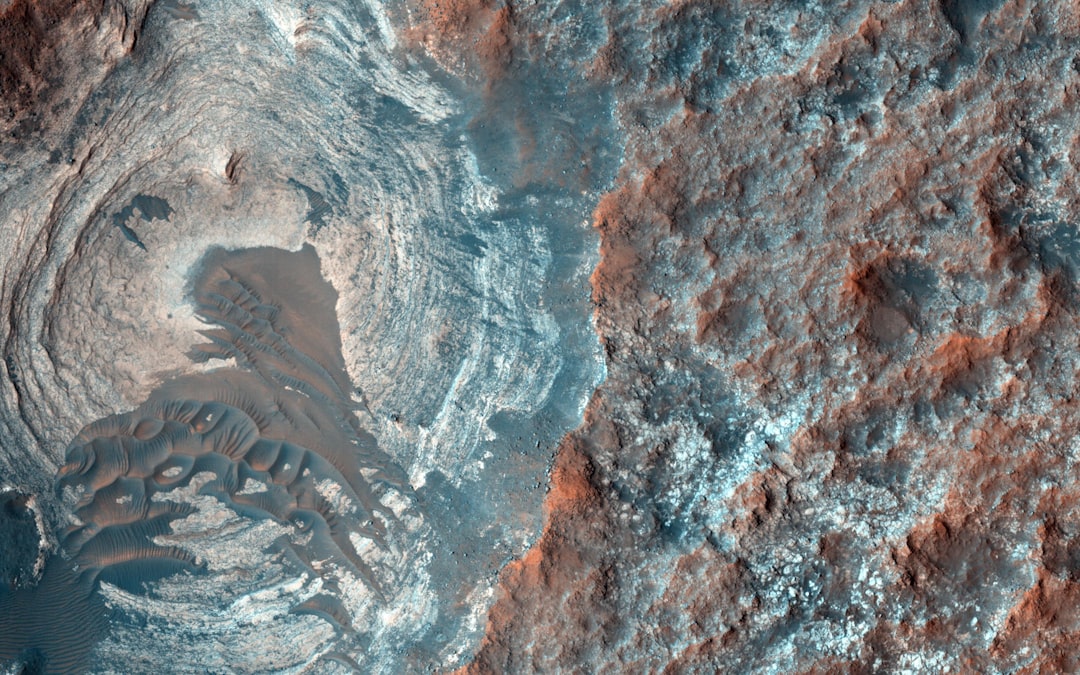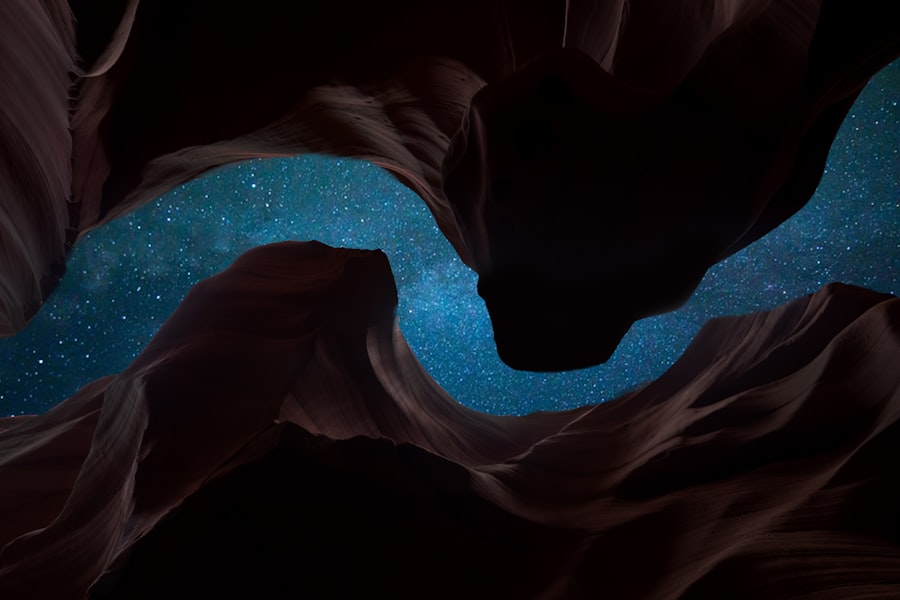
French Guiana, a unique territory located on the northeastern coast of South America, is an overseas department of France. Bordered by Brazil to the south and Suriname to the west, it boasts a rich tapestry of cultures, languages, and landscapes. The territory covers approximately 83,534 square kilometers and is characterized by its dense rainforests, extensive river systems, and a diverse array of wildlife.
The capital city, Cayenne, serves as the administrative and cultural heart of French Guiana, where the influences of indigenous peoples, European settlers, and African descendants converge to create a vibrant society. The region’s tropical climate, with its high humidity and significant rainfall, contributes to its lush vegetation and biodiversity. French Guiana is home to the Guiana Shield, one of the oldest geological formations on Earth, which is rich in minerals and natural resources.
The blend of cultures is evident in the local festivals, music, and art, making French Guiana a fascinating destination for those seeking to explore a lesser-known part of South America.
Key Takeaways
- French Guiana is an overseas department and region of France located on the northeastern coast of South America.
- The region is rich in history and culture, with attractions such as the Guiana Space Centre and the historic town of Cayenne.
- French Guiana is home to diverse natural wonders and wildlife, including the Amazon rainforest and the Devil’s Island.
- Must-visit places and landmarks in French Guiana include the Salvation Islands, the Tumuc-Humac mountains, and the Maroni River.
- Outdoor activities and adventures in French Guiana include hiking, birdwatching, and exploring the region’s rivers and waterways. The local cuisine features a mix of French, African, and indigenous influences, with dishes such as acarajé and bouillon d’awara.
Historical and Cultural Attractions
French Guiana’s history is marked by colonization, migration, and the establishment of penal colonies. One of the most significant historical sites is the Îles du Salut, a group of islands that served as a notorious penal colony from the mid-19th century until 1953. The most famous of these islands is Devil’s Island, which housed political prisoners, including the infamous Alfred Dreyfus.
Today, visitors can explore the remnants of the prison buildings and learn about the harrowing stories of those who were incarcerated there. Guided tours provide insights into the harsh conditions faced by prisoners and the broader context of French colonialism in the region. In addition to its penal history, French Guiana is rich in indigenous heritage.
The territory is home to several indigenous groups, including the Wayana, Teko, and Palikur peoples. Their traditions, languages, and crafts are integral to the cultural landscape of French Guiana. The annual Festival of the Maroons celebrates the history and culture of escaped slaves who formed independent communities in the region.
This vibrant festival features traditional music, dance, and culinary delights that reflect the diverse influences that have shaped French Guiana’s identity over centuries.
Natural Wonders and Wildlife

The natural environment of French Guiana is nothing short of extraordinary. The territory is predominantly covered by tropical rainforest, which is part of the Amazon rainforest ecosystem. This lush habitat supports an incredible diversity of flora and fauna, making it a paradise for nature enthusiasts and researchers alike.
The Tumuc-Humac Mountains in the south are particularly noteworthy for their untouched landscapes and endemic species. The region is also home to numerous rivers, including the Maroni and Oyapock rivers, which serve as vital waterways for transportation and trade. Wildlife enthusiasts will find French Guiana teeming with life.
The territory is home to over 500 species of birds, including the stunning scarlet macaw and the elusive harpy eagle. Mammals such as jaguars, capybaras, and various species of monkeys roam freely in their natural habitats. The region’s rivers are inhabited by an array of aquatic life, including caimans and freshwater dolphins.
For those interested in conservation efforts, organizations are actively working to protect these ecosystems from deforestation and illegal poaching. The Guiana Amazonian Park, one of the largest national parks in France, offers visitors a chance to experience this biodiversity firsthand through guided tours and eco-friendly excursions.
Must-Visit Places and Landmarks
| Place/Landmark | Location | Visitor Count | Rating |
|---|---|---|---|
| Eiffel Tower | Paris, France | 7 million/year | 4.6/5 |
| Taj Mahal | Agra, India | 8 million/year | 4.7/5 |
| Great Wall of China | China | 10 million/year | 4.5/5 |
| Machu Picchu | Peru | 1.5 million/year | 4.8/5 |
Cayenne, the capital city of French Guiana, is a must-visit destination for anyone exploring the territory. The city’s architecture reflects its colonial past, with colorful Creole houses lining the streets alongside modern buildings. The Place des Palmistes serves as a central gathering point for locals and visitors alike, surrounded by palm trees and vibrant markets selling local crafts and produce.
The Cayenne Market is particularly noteworthy for its lively atmosphere and diverse offerings, from fresh fruits to handmade souvenirs. Another significant landmark is Fort Ceperou, which overlooks Cayenne from a hilltop.
Visitors can explore its historical significance while enjoying a leisurely hike up to its walls. Additionally, the nearby town of Kourou is home to the Guiana Space Centre, one of the world’s most important spaceports. Guided tours provide insights into space exploration and rocket launches that have taken place here since the 1960s.
Outdoor Activities and Adventure
For adventure seekers, French Guiana offers an array of outdoor activities that cater to various interests. Kayaking along the region’s rivers provides an intimate way to experience its natural beauty while observing wildlife in their habitats. Guided kayak tours often lead participants through mangroves and past remote villages where traditional lifestyles continue to thrive.
Fishing enthusiasts can also take advantage of the abundant rivers teeming with fish species such as piranhas and catfish. Hiking trails abound in French Guiana’s national parks, offering opportunities to explore its diverse ecosystems up close. The Tumuc-Humac Mountains present challenging treks for experienced hikers seeking breathtaking views and encounters with unique wildlife.
Birdwatching is another popular activity; with binoculars in hand, enthusiasts can spot rare species in their natural environments. For those looking for a more immersive experience, eco-lodges provide accommodations that allow visitors to stay within nature while supporting sustainable tourism practices.
Local Cuisine and Culinary Delights

The culinary scene in French Guiana reflects its multicultural heritage, blending flavors from indigenous traditions with influences from Africa, Europe, and Asia. One cannot visit without trying traditional dishes such as “bouillon d’awara,” a hearty soup made from awara fruit that is often served with fish or meat. This dish exemplifies how local ingredients are utilized to create comforting meals that tell a story about the land.
Seafood plays a prominent role in local cuisine due to French Guiana’s coastal location. Fresh fish such as snapper and grouper are commonly grilled or fried and served with rice or plantains. Another popular dish is “colombo,” a curry-like stew that incorporates spices brought by Indian indentured laborers during colonial times.
Street food stalls offer an array of snacks like “boudin” (blood sausage) and “accra” (fried dough balls made from cassava), providing an authentic taste of local flavors. In addition to savory dishes, French Guiana boasts a variety of tropical fruits that are integral to its culinary landscape. Fruits such as guava, passion fruit, and mango are often used in desserts or enjoyed fresh as snacks.
Local markets brim with colorful produce that reflects the region’s agricultural diversity. Visitors can also indulge in traditional beverages like “cachaça,” a sugarcane spirit that has become synonymous with Brazilian culture but is equally enjoyed in French Guiana. French Guiana’s culinary offerings are not just about sustenance; they represent a fusion of cultures that have shaped this unique territory over centuries.
Each meal tells a story about its people and their connection to the land they inhabit.
If you’re intrigued by the diverse and fascinating details about French Guiana, you might also enjoy exploring more about other unique places around the world. For instance, you can discover interesting facts and must-visit locations in Estonia by checking out a related article. Dive into Estonia’s rich history, vibrant culture, and stunning landscapes by visiting Estonia Facts and Places to Visit. This article provides a comprehensive guide that can enhance your knowledge and perhaps inspire your next travel destination!
FAQs
What is French Guiana?
French Guiana is an overseas department and region of France located on the northeastern coast of South America. It is known for its diverse culture, rich history, and unique biodiversity.
What are some popular places to visit in French Guiana?
Some popular places to visit in French Guiana include the capital city of Cayenne, the Guiana Space Centre, the Devil’s Island, the Cacao village, and the Maroni River.
What are some interesting facts about French Guiana?
French Guiana is the only territory of the mainland Americas to have full integration in a European country, as it is an overseas department of France. It is also home to the Guiana Space Centre, which is used by the European Space Agency and the French space agency, CNES.
What are some of the natural sights in French Guiana?
French Guiana is known for its diverse natural beauty, including the Amazon rainforest, the Tumuc-Humac mountains, the Kaw Marsh, and the Maroni River. It is also home to a wide variety of wildlife, including jaguars, giant otters, and numerous bird species.
What is the climate like in French Guiana?
French Guiana has a tropical climate with high humidity and abundant rainfall throughout the year. The average temperature ranges from 24°C to 31°C, and the rainy season typically lasts from December to July.



